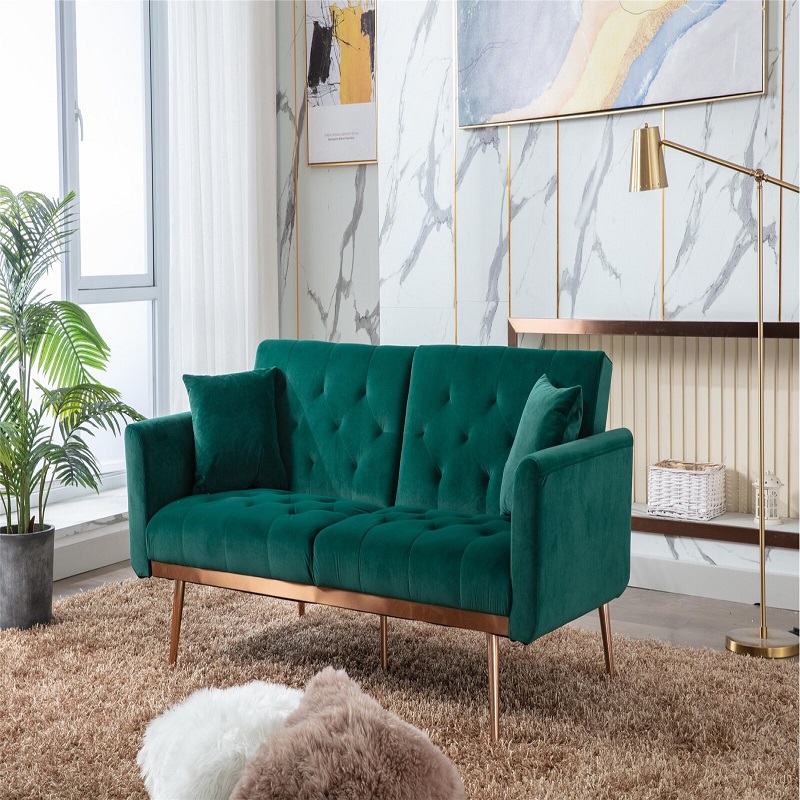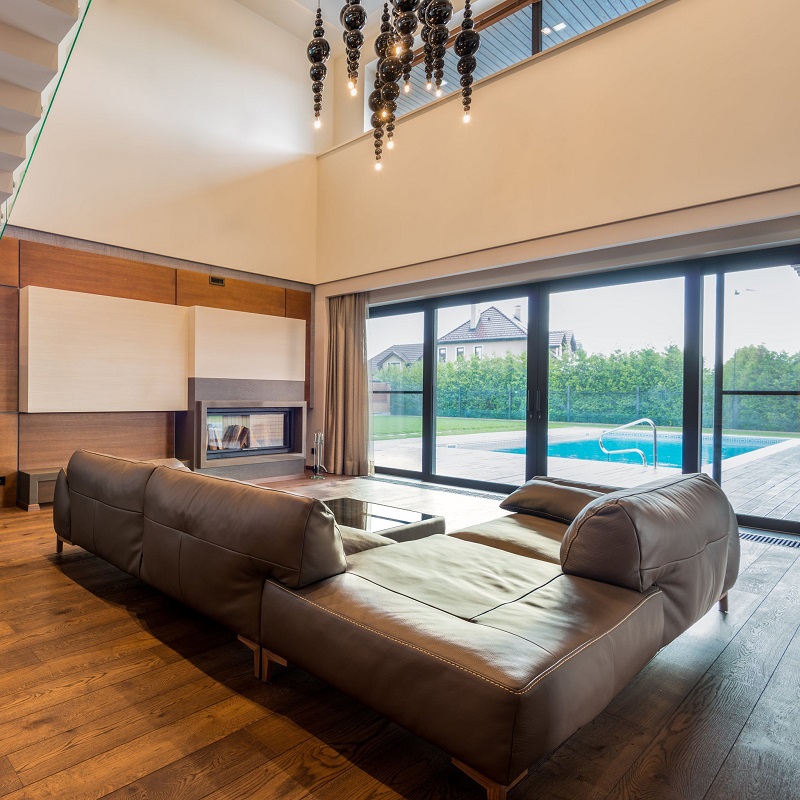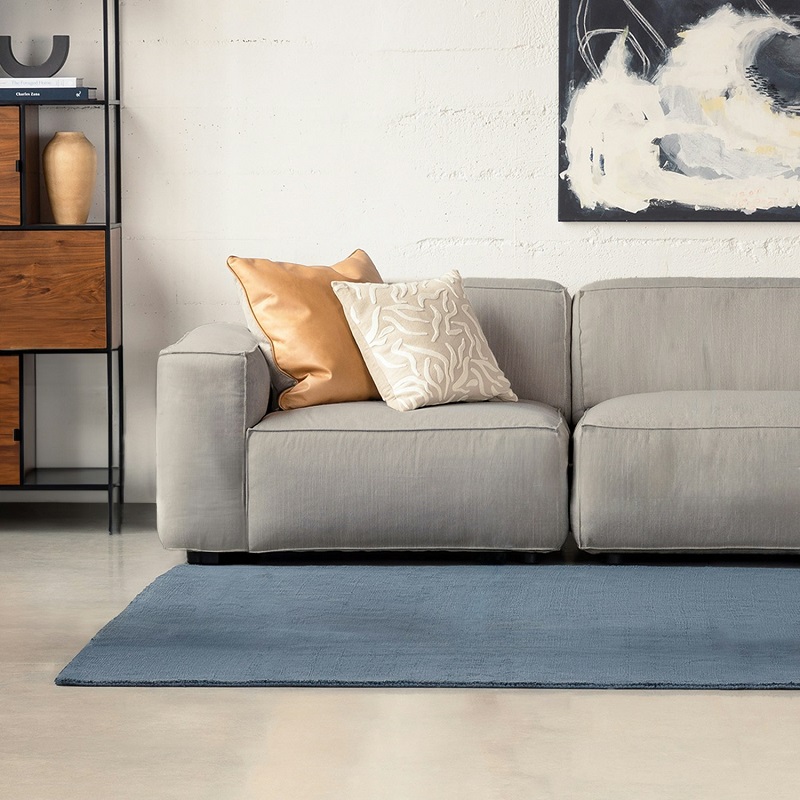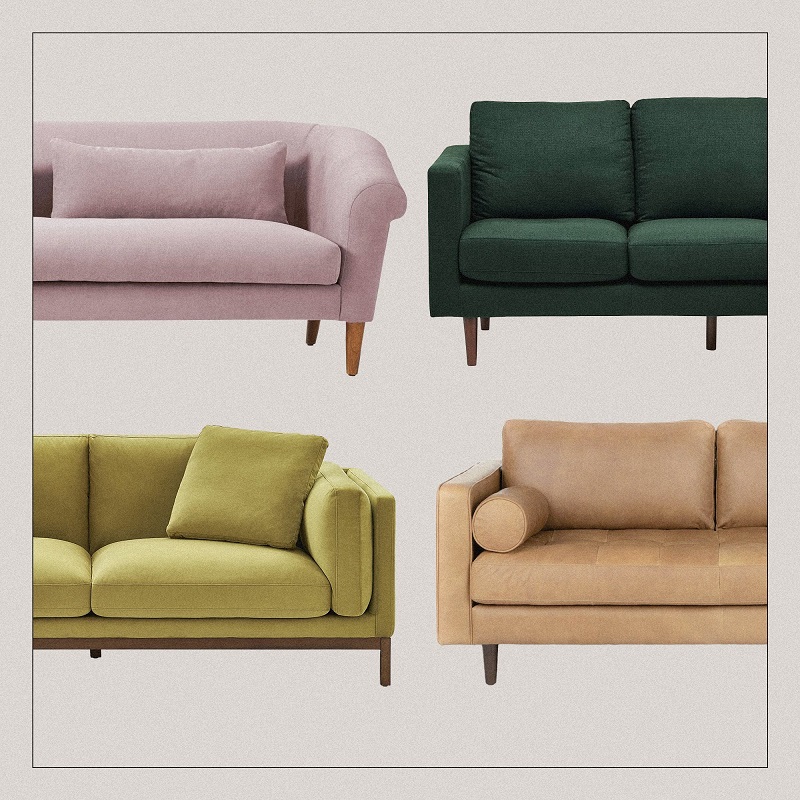When investing in a sofa, one of the most crucial questions that come to mind is, “How long does a sofa last?” Understanding the lifespan of your furniture can help you make informed decisions about maintenance, replacement, and overall investment. In this comprehensive guide, we will explore various factors that influence the longevity of sofas, types of materials used, and tips for extending their lifespan.
Understanding Sofa Lifespan
Factors Influencing Lifespan
The lifespan of a sofa can vary significantly based on several factors. These include the quality of materials used, how often the sofa is used, and the care it receives over time. Sofas made from high-quality materials tend to last longer than those constructed from cheaper, less durable options. Additionally, the level of usage—whether the sofa is primarily for decoration or daily use—plays a significant role in determining its lifespan. Regular cleaning and maintenance can also extend the life of your furniture, protecting it from wear and tear.
Average Lifespan of Different Types of Sofas
On average, a well-made sofa can last anywhere from 7 to 15 years, depending on its construction and usage. However, not all sofas are created equal. For instance, leather sofas often have a longer lifespan than fabric ones due to their durability and ease of cleaning. Similarly, sofas designed for high traffic areas, such as family rooms, may wear out more quickly than those in less-used spaces like guest rooms. Understanding these distinctions can help you choose the right sofa for your needs and lifestyle.

Types of Sofa Materials
Fabric Sofas: Pros and Cons
Fabric sofas are popular due to their variety of colors and textures, but their lifespan can vary widely based on the type of fabric used. Natural fibers like cotton and linen are breathable and comfortable but may show wear sooner than synthetic fibers. On the other hand, synthetic fabrics like polyester and microfiber are often more durable and stain-resistant, making them ideal for families with children or pets. While fabric sofas can be stylish and cozy, their lifespan may be shorter if not properly maintained, requiring regular cleaning and occasional reupholstering.
Leather Sofas: Durability and Care
Leather sofas are known for their luxurious appearance and durability. High-quality leather can last up to 20 years or more with proper care. Unlike fabric, leather is easier to clean and requires less maintenance, though it can be susceptible to scratches and fading. Regular conditioning and careful placement away from direct sunlight can help preserve its appearance and integrity. When considering a leather sofa, it’s essential to invest in a high-quality product, as cheaper leather options may not withstand the test of time as effectively.
Construction Quality and Techniques
Frame and Structure
The construction quality of a sofa plays a crucial role in its overall lifespan. Sofas with solid hardwood frames tend to be more durable than those made from particleboard or plywood. A sturdy frame provides better support and stability, reducing the chances of sagging over time. It’s also important to pay attention to the joinery techniques used in the construction; dowel joints and mortise-and-tenon joints are typically stronger than staples or glue. Investing in a well-constructed frame can significantly enhance the longevity of your sofa.
Cushions and Comfort
The type of cushions used in a sofa can also impact its lifespan. High-density foam cushions provide good support and retain their shape longer than lower-density options. Some sofas feature down-filled cushions, which offer luxurious comfort but may require more maintenance to keep them looking full and inviting. Regardless of the cushion type, rotating and flipping them regularly can help prevent uneven wear and prolong their lifespan. Understanding these details can guide you to make an informed choice that aligns with your comfort preferences and lifestyle needs.
Usage Patterns and Their Impact
Daily Use vs. Occasional Use
The frequency of use is a significant factor in determining how long a sofa lasts. Sofas that are used daily, such as those in family rooms, are likely to show signs of wear faster than those reserved for occasional use. If you have a busy household with children or pets, consider investing in a more durable sofa designed to withstand heavy usage. Protective covers can also extend the lifespan of your furniture by shielding it from spills and stains, allowing you to maintain its appearance over time.
Activities and Lifestyle Considerations
Your lifestyle and activities can also affect the longevity of your sofa. For example, if your family enjoys movie nights or gatherings, your sofa may experience more wear than one used for occasional reading or lounging. Understanding your lifestyle will help inform your purchasing decision. If you frequently entertain guests or have children, choosing a sofa with stain-resistant fabric and reinforced construction could be beneficial. Adapting your sofa choice to fit your lifestyle can ultimately lead to greater satisfaction and prolonged use.

Maintenance Tips for Extending Lifespan
Regular Cleaning and Care
To ensure your sofa remains in excellent condition, regular cleaning is essential. Vacuuming upholstery removes dust and debris that can cause wear over time. For fabric sofas, using a suitable upholstery cleaner can help maintain the fabric’s appearance and prevent stains. Leather sofas require specific cleaning products to avoid damage; regular conditioning will keep the leather supple and prevent cracking. Establishing a cleaning routine tailored to your sofa’s material can significantly extend its lifespan and keep it looking fresh.
Repair and Restoration
Over time, even the best sofas will require some repairs. Addressing minor issues promptly can prevent them from escalating into major problems. If you notice loose cushions, sagging seats, or scratches, consider professional repair services or DIY fixes for minor damages. Reupholstering is another option for restoring an aging sofa, allowing you to refresh its look and extend its life. By being proactive with maintenance and repairs, you can enjoy your sofa for many years to come.
Environmental Factors Affecting Longevity
Climate and Humidity
Environmental conditions play a critical role in the longevity of your sofa. Extreme temperatures and humidity can adversely affect both fabric and leather materials. For instance, high humidity can encourage mold growth in fabric sofas, while dry air can lead to cracking in leather. Ideally, sofas should be placed in climate-controlled environments where temperature and humidity levels are stable. Using dehumidifiers or humidifiers can help maintain optimal conditions for your furniture, ultimately enhancing its lifespan.
Sun Exposure and Placement
Where you place your sofa can also impact its durability. Direct sunlight can fade colors and weaken fabrics over time, so positioning your sofa away from windows or using window treatments can protect it from UV rays. Additionally, placing your sofa against walls that undergo temperature fluctuations can lead to warping or damage. Thoughtful placement, along with protective measures, can help mitigate these environmental effects and keep your sofa in prime condition for longer.

Choosing the Right Sofa for Longevity
Evaluating Your Needs and Preferences
When selecting a sofa, it’s crucial to evaluate your personal needs and preferences. Consider how often the sofa will be used, the size of your space, and your decorative style. A high-quality, durable sofa may require a higher initial investment, but it can save you money in the long run by lasting longer and requiring fewer repairs. Additionally, prioritize comfort alongside aesthetics, as a sofa that suits your taste but is uncomfortable will not serve you well over time.
Budgeting for Quality
While it’s tempting to opt for budget-friendly options, investing in a higher-quality sofa can pay off in the long run. Research brands known for their craftsmanship and durability, and don’t hesitate to ask about warranties or guarantees. These can provide peace of mind regarding your investment. Remember that a sofa is not just a piece of furniture; it’s a focal point in your home that contributes to your comfort and lifestyle. Allocating a reasonable budget for a quality sofa can enhance both your living space and your overall quality of life.
Conclusion: Making an Informed Choice
In conclusion, understanding how long a sofa lasts involves considering multiple factors, including materials, construction quality, usage patterns, and maintenance practices. By evaluating your needs and preferences, selecting a sofa built to last, and implementing a consistent care routine, you can significantly extend the lifespan of your furniture. Remember that while cost is an essential factor, investing in quality can lead to greater satisfaction and longevity in your living space. As you navigate your furniture choices, keep these insights in mind to make the most informed decision possible, ensuring that your investment brings comfort and joy for many years to come.


